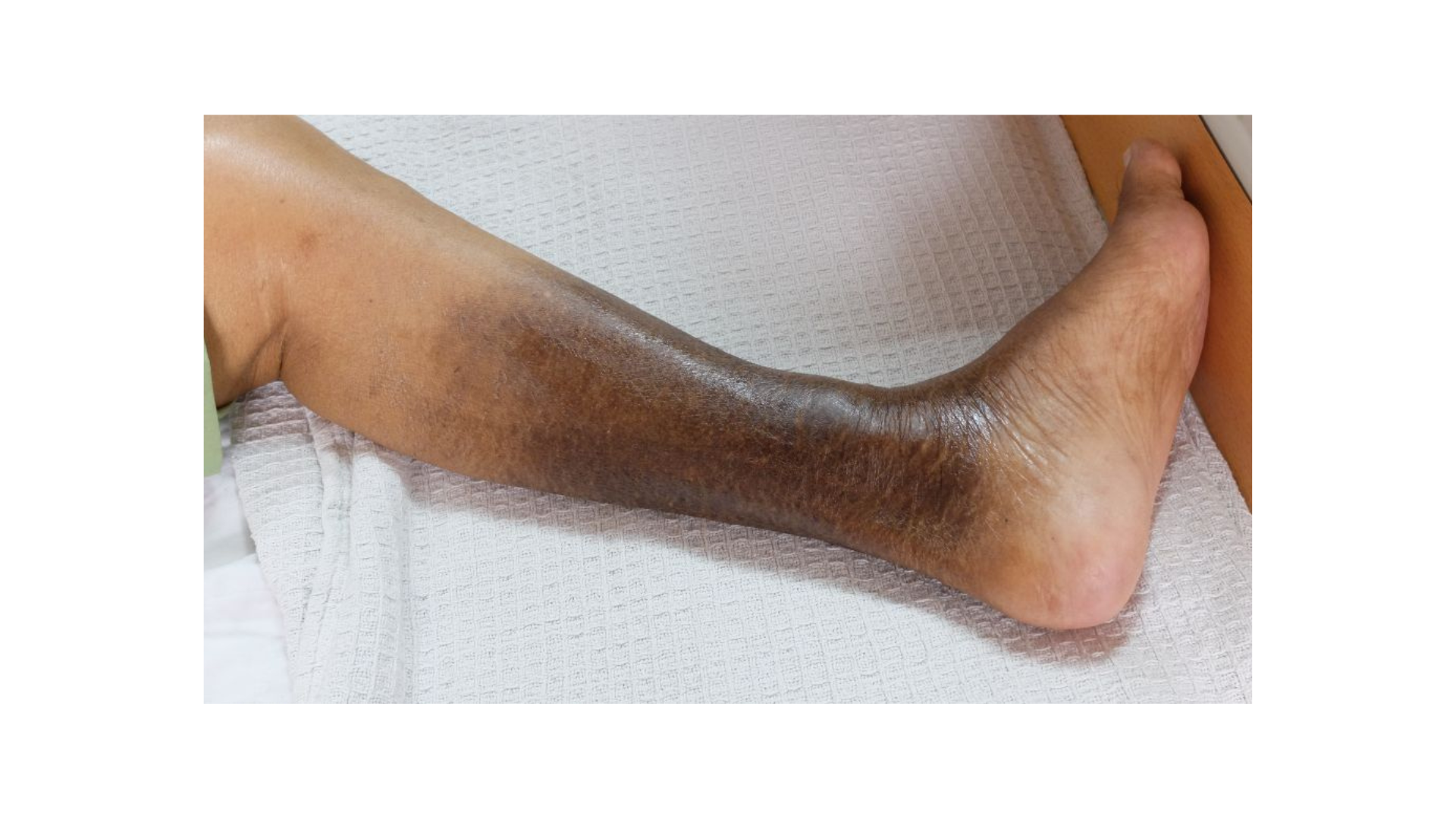Key Elements of Wound Documentation
January 31, 2023
Introduction
Wounds, including chronic and complex wounds, represent a tremendous challenge to the US health care system.1 In the United States alone, chronic wounds impact approximately 6.5 million patients, and the treatment of these wounds is estimated to cost $25 billion per year.2 Trauma, burns, skin cancers, infections, or underlying conditions, such as diabetes, can all contribute to a wound’s development and course. If one looks at the structure of wound terminology, they could ascertain that wound care is usually considered comorbid, defined by terms like diabetic foot ulcer, venous leg ulcer, and pressure injury.3
Why Documentation is Key
Proper wound management starts with thorough assessment and documentation, which can improve communication regarding care delivery across the multidisciplinary team. Inaccurate or incomplete documentation may affect the creation of the patient’s care plan and the healing process.2 Unfortunately, evidence-based wound care and assessment is, at times, left out in documentation. One study from 2015 found that 12% of wounds had no recorded diagnosis, and 56% of wounds documented as leg ulcers lacked a differential diagnosis.4 A failure to have proper wound documentation can jeopardize the healing trajectory. In fact, without the differential diagnosis for a leg ulcer, a multidisciplinary team member may unintentionally prescribe or apply a potentially detrimental treatment, like compression therapy, to treat an arterial ulcer.
How much do you know about Overcoming Wound Care Obstacles? Take our 10-question quiz to find out! Click here.
In addition to circumventing avoidable errors, documentation should note institutional, clinical practice, and regulatory guidelines. Multiple lists are available that address comprehensive wound documentation, and the list below outlines key components of an initial evaluation to be documented in the medical record.1These items include the following1-2:
1. General Health Information
- Risk factors for delayed healing (for instance, the wound’s blood supply, infection risk, medications, skin integrity)
- Allergies
- Skin sensitivities
- Impact on quality of life (physical, social, emotional, etc)
2. Wound Baseline Information
- Wound number
- Wound location, described in proper anatomical terms
- Wound etiology, type, and classification
- Wound duration
- Treatment goals
- Planned reassessment date(s)
3. Wound Assessment Parameters
- Wound size (measurement of area and depth)
- Presence of undermining or tunneling
- The category (ie, if the wound is a pressure injury)
- Wound bed tissue type and amount
- Characteristics of the wound margins/edges
- Color and condition of the surrounding area
- Any signs of healing present
4. Wound Symptoms
- Wound pain (presence, severity, and frequency)
- Exudate amount consistency (scant – large), type (serous, sanguineous, serosanguineous, or purulent), and color
- Odor presence (strong, foul, pungent)
- Signs of systemic or local infection
- Whether or not a clinician has performed a wound swab or other method of culture
5. Specialists
- Investigation for lower limb vascular assessment if needed
- Referrals made for wound treatment and continued care
With so many factors contributing to wound healing, knowing which items to document can be difficult. However, it can be helpful to also consider some other factors that can be included in documentation. For instance, a patient’s responsiveness to a particular treatment, changes in the treatment (or reasons for not changing it), referrals, refusal of care, or even resident or caregiver information can be documented, too.6 This list provides a starting point to ensure wound documentation is sufficient to support ongoing care and transitions in care.
Conclusion
Proper documentation can ensure continuity in care and that all regulatory requirements are met. Most importantly, analogous documentation can improve patient care and outcomes by making available key patient information to members across the multidisciplinary team.

References
- Docherty J. Understanding the elements of a holistic wound assessment. Nurs Stand. 2020;35(10):69-76. doi:10.7748/ns.2020.e1154
- Coleman S, Nelson EA, Vowden P, et al. Development of a generic wound care assessment minimum data set. J Tissue Viability. 2017;26(4):226-240. doi:10.1016/j.jtv.2017.09.007
- Barakat-Johnson M, Jones A, Burger M, et al. Reshaping wound care: Evaluation of an artificial intelligence app to improve wound assessment and management amid the COVID-19 pandemic. Int Wound J. 2022;19(6):1561-1577. doi:10.1111/iwj.13755
- Guest JF, Ayoub N, McIlwraith T, et al. Health economic burden that wounds impose on the National Health Service in the UK. BMJ Open. 2015;5:e009283. doi: 10.1136/bmjopen-2015-009283
- WoundSource Practice Accelerator. Documentation in wound care. WoundSource. Published May 31, 2022. Accessed January 3, 2023. https://www.woundsource.com/blog/documentation-in-wound-care
- Hess CT. Focusing on wound care documentation and audits. Adv Skin Wound Care. 2019;32(9):431-432.
The views and opinions expressed in this blog are solely those of the author, and do not represent the views of WoundSource, HMP Global, its affiliates, or subsidiary companies.











Follow WoundSource
Tweets by WoundSource